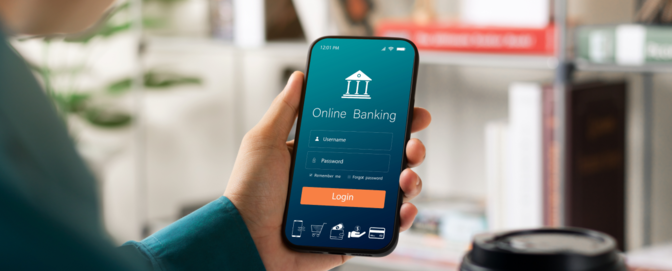
When should you do usability testing?

Once you understand usability testing and its role in improving UX, you’ll likely wonder when is the right time to do it. The short answer is as soon as possible. However, any usability testing is better than no testing. Choose from a variety of usability testing tools and usability testing templates to help you get started.
Ideally, usability testing should align with a continuous discovery process. For smaller or resource-tight organizations, leverage usability tests when you have a new feature or design to test or when quantitative analytics flag an issue. Here are the four major times to do usability testing.
Usability testing ideas
Once you’ve got an idea, conduct usability testing before putting any design resources to work. Identify specific areas where testing and validation can enhance your concept. After you get the results from your initial test, share them with your team. Then, continue testing users as you build a prototype.
Additional reading: What is concept testing?
Usability testing prototypes
Once your concept is fleshed out, you can build a prototype. Prototype-based usability testing lets you test different designs against each other. Invite people who match your ideal users to try out the prototype. You’ll see firsthand whether users are getting it. This will get your prototype in the best shape before development.
Additional reading: 4 methods for usability testing non-functional prototypes
Usability testing before launch
Running usability tests is a quick and easy way to tease out any unknown bugs or inconveniences users experience with your website or app. To assess, run remote unmoderated tests to see if contributors struggle with specific elements or flows. If so, redesign the user interface of the website or app based on the feedback and then evaluate again with a small set of users.
Additional reading: Moderated and unmoderated testing
Usability testing after launch
Your work isn't done despite testing throughout the design and development cycle. You’ll want to continue usability testing after a product or feature goes live to optimize consistently. This is how organizations create unique experiences that stand the test of time as user behavior evolves.
Additional reading: How to find the right audience with screener questions

UX resource collection
Explore UX best practices, expert advice, user research templates, and more.





